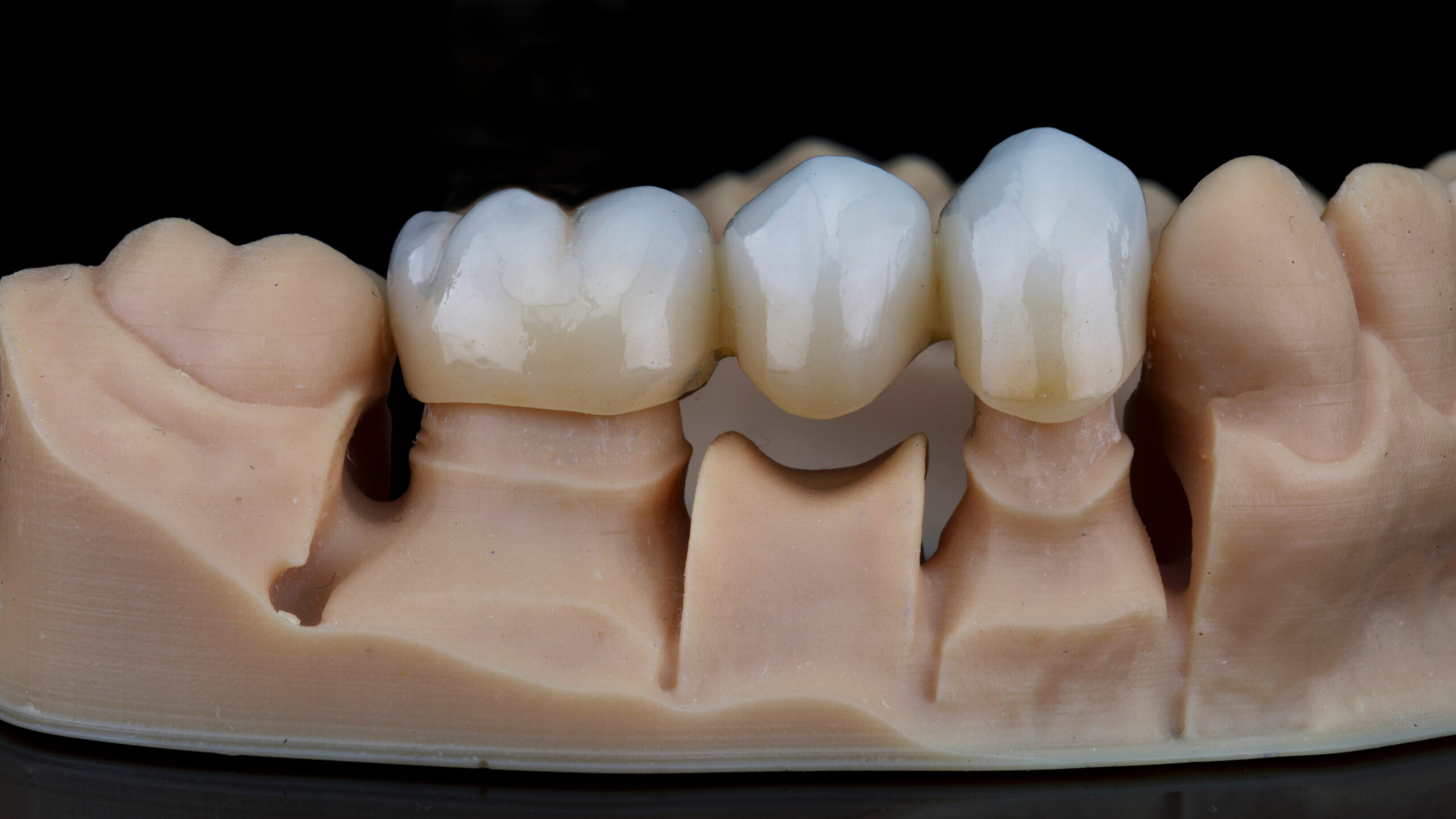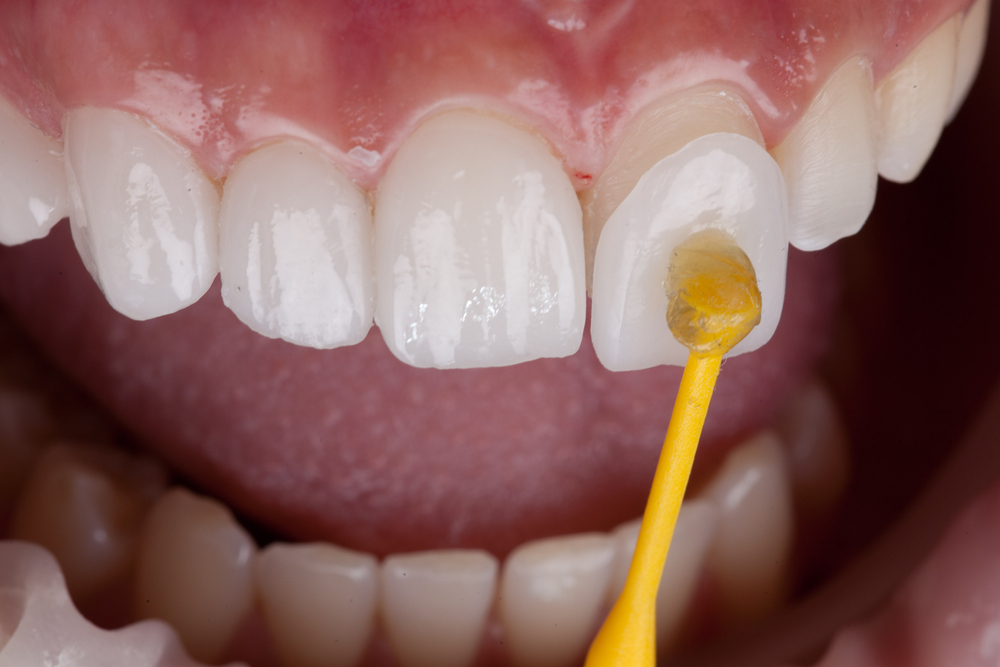Imagine smiling confidently, with a full set of teeth making your grin even more radiant. Dental bridges play a pivotal role in achieving that goal for countless individuals. Serving as a bridge between gaps created by missing teeth, they are more than just a cosmetic fix; they are a functional asset. Before you decide whether this dental solution is right for you, it’s essential to fully grasp the pros, cons, and potential complications that come with them. Knowledge is power, and this article aims to equip you with everything you need to make an informed decision.
What are Dental Bridges?
At its core, a dental bridge is a dental restoration used to replace one or more missing teeth. The term “bridge” is aptly used, as this restoration literally bridges the gap left by the absent teeth. A brief trip down memory lane will show that dental bridges have been used in various forms for centuries, evolving with the progress of dental science and technology.
In contemporary dentistry, dental bridges typically consist of two or more crowns for the teeth on either side of the gap – these are termed anchoring teeth – and a false tooth or teeth in between. These false teeth, known as pontics, can be made from a variety of materials, including gold, alloys, porcelain, or a combination of these materials. Dental bridges are not just about aesthetics. They play a crucial role in restoring function, maintaining the shape of your face, and redistributing the forces in your bite correctly by replacing missing teeth.
The Good: Advantages of Dental Bridges
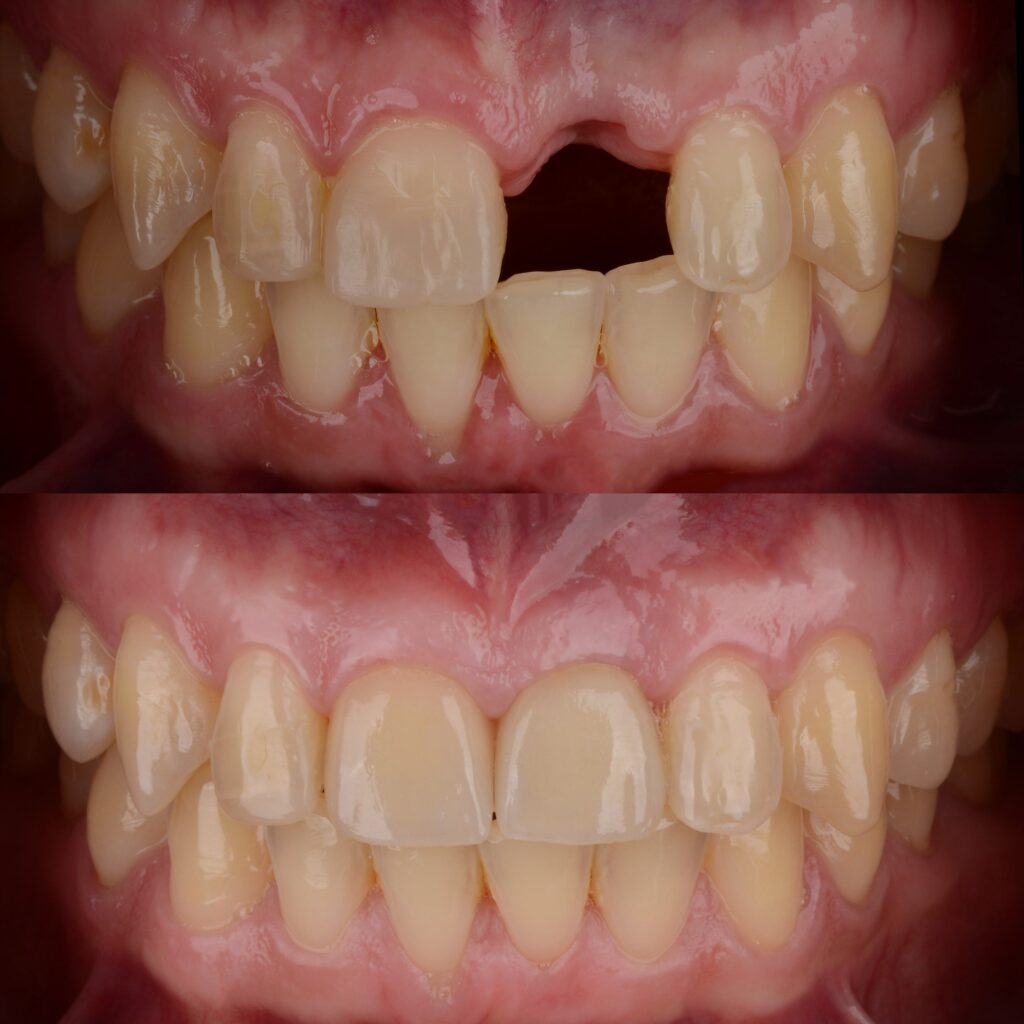
Stepping into the world of dental bridges means opening the door to a range of benefits. Here are some of the most notable:
- Restoring Your Smile: First and foremost, dental bridges fill in the gaps created by missing teeth, instantly rejuvenating your smile. A full set of teeth can dramatically boost self-confidence and improve overall facial aesthetics.
- Improving Speech and Chewing: Missing teeth can adversely affect your ability to enunciate words clearly and enjoy your meals. Dental bridges help in rectifying speech issues that arise from missing teeth and enhance the chewing process, enabling you to enjoy your favorite dishes without discomfort.
- Preventing Other Teeth from Shifting: The absence of a tooth or teeth can cause the surrounding teeth to shift or rotate into the vacant space, leading to a bad bite and other dental complications. Dental bridges hold your other teeth in place, ensuring alignment and reducing the risk of future dental issues.
The Bad: Disadvantages of Dental Bridges
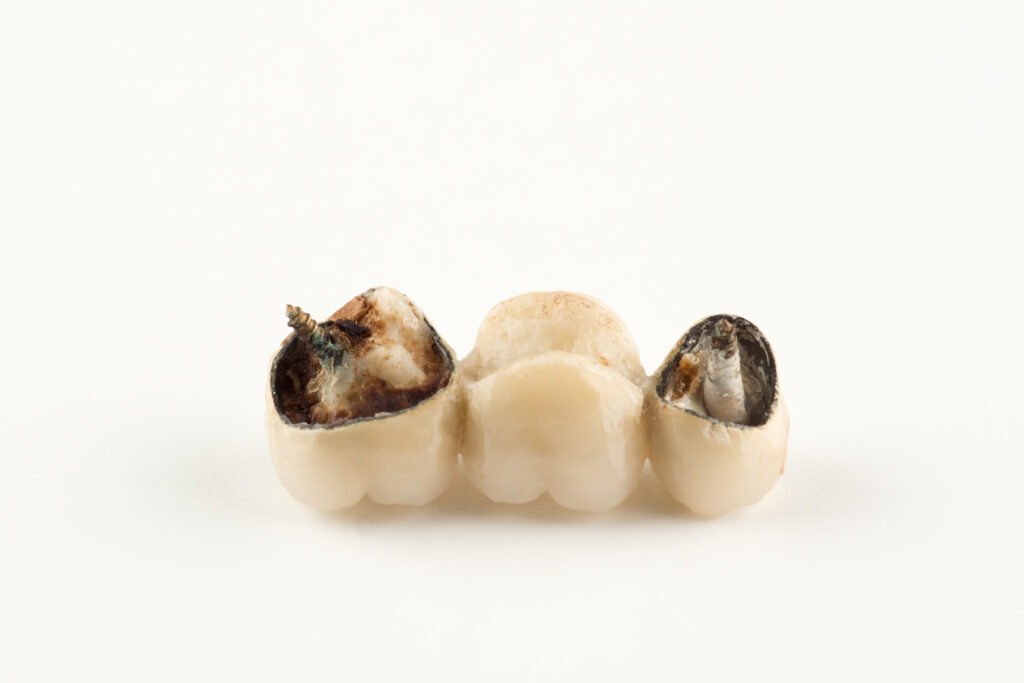
However, like all things, dental bridges come with their set of considerations:
- Potential for Damage to Adjacent Teeth: For a traditional bridge to be placed, the teeth on either side of the missing tooth or teeth need to be prepared, meaning some of the enamel (and sometimes more) has to be removed. This process can make these teeth more vulnerable to decay and gum disease.
- Need for Replacement Over Time: Dental bridges, though durable, aren’t permanent. Depending on the care, materials used, and other factors, a dental bridge may last anywhere from five to 15 years or longer. This means, at some point, replacement or repair will be necessary.
- Care and Maintenance Required: A bridge requires special attention during cleaning. Areas under the pontic (the false tooth) are susceptible to bacterial growth. Hence, thorough cleaning with the help of floss threaders or interdental brushes becomes essential to ensure the health of the teeth and gums supporting the bridge.
The Ugly: Potential Complications
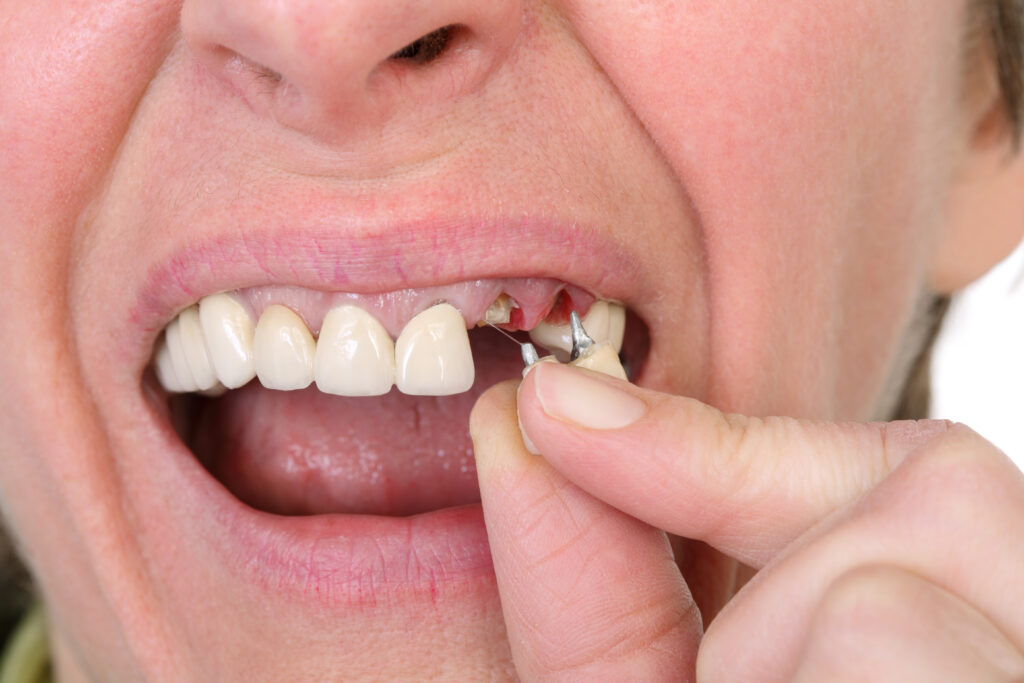
Even with their notable advantages, dental bridges can come with a few hitches if not handled or maintained properly:
- Issues Related to Improper Fit: A bridge that isn’t tailored precisely to your mouth can lead to bite misalignment, discomfort, or even pain. It’s crucial that the bridge is correctly designed and adjusted to match your unique dental structure, ensuring a seamless fit.
- Dental Hygiene Challenges: While dental bridges are designed to mimic natural teeth, cleaning them can be more challenging. The space beneath the bridge, particularly under the pontic (false tooth), can become a breeding ground for bacteria if not cleaned regularly and correctly.
- Possible Gum Problems or Infection: Inadequate cleaning and improper fit can lead to gum diseases around the dental bridge. If bacteria flourish, it can result in infections, gum recession, or even further tooth loss in severe cases.
Alternatives to Dental Bridges
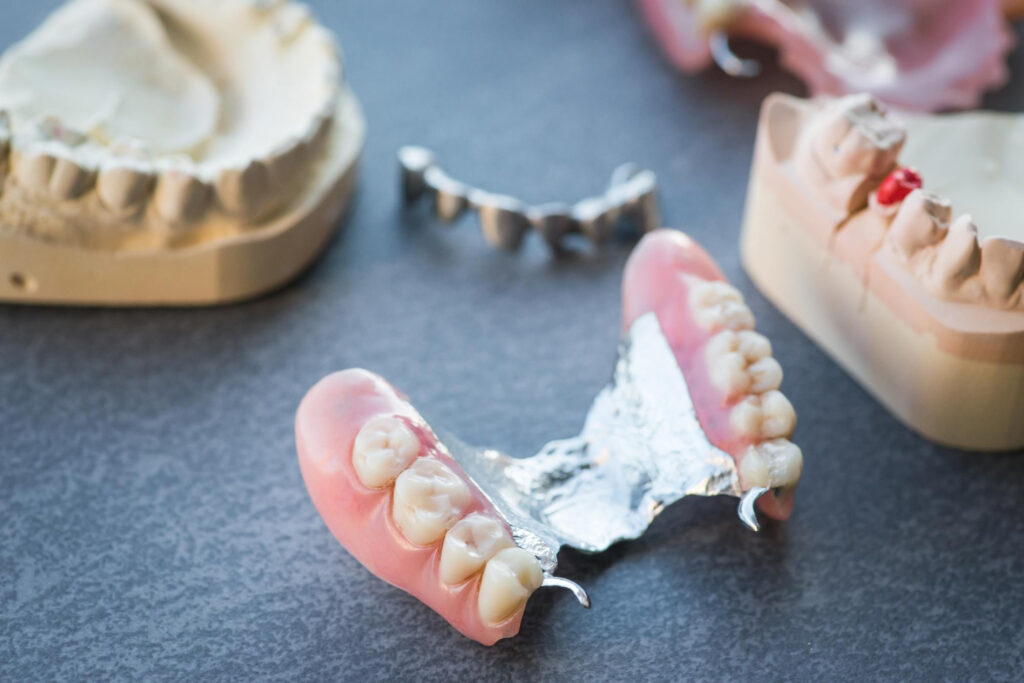
The realm of dentistry offers multiple solutions for missing teeth. Here are some of the popular alternatives to dental bridges:
- Dental Implants: One of the most popular and enduring solutions for missing teeth is dental implants. These are metal frames or posts that are surgically positioned into the jawbone beneath the gums. Once in place, they allow the dentist to mount replacement teeth onto them. Their primary advantage is longevity and a natural feel, as they’re anchored securely in the jawbone.
- Partial Dentures: Unlike bridges, which are fixed, partial dentures are removable replacements for missing teeth. They are anchored to your natural teeth using metal clasps or precision attachments. While they might not offer the same stability as bridges or implants, they’re more flexible and can be a more affordable option for some.
- Comparison in Terms of Longevity and Functionality:
- Dental Bridges: With good care, bridges can last up to 15 years or longer.
- Dental Implants: Implants can last a lifetime with proper care and regular dental check-ups.
- Partial Dentures: Generally have a lifespan of about five to seven years, though they might need adjustments during that period due to wear and tear.
The best choice ultimately depends on individual preference, dental health, and financial considerations. Always consult with a dental professional, like Dr. Dawson or Dr. Turke at Smile Science Dental Spa, to determine the best solution for your unique needs.
Materials and Types of Dental Bridges
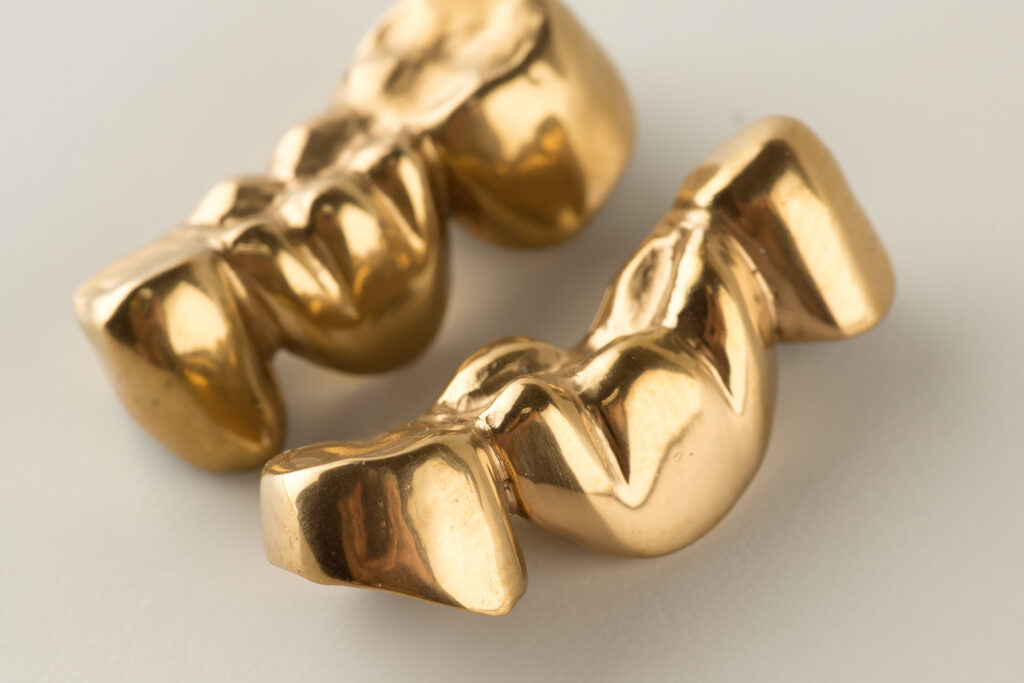
Understanding the materials and the various kinds of dental bridges available can provide a clearer picture of what might be best suited for an individual’s needs.
- Materials Used in Dental Bridges:
- Porcelain: This is one of the most popular materials because of its ability to blend seamlessly with the natural color of teeth. It’s often fused to metal or ceramics for added strength.
- Ceramics: Similar to porcelain in appearance, ceramics are durable and can provide a natural-looking finish.
- Gold and Alloys: These are often used because of their strength, especially where the bridge needs to withstand significant biting force.
- Zirconia: A newer material in the realm of dentistry, zirconia offers both strength and a tooth-like appearance, making it an increasingly popular choice.
- Types of Dental Bridges:
- Traditional Bridges: These are the most common type. They involve creating a crown for the tooth or implant on either side of the missing tooth, with a pontic (or false tooth) in between. Typically, these are made from porcelain fused to metal or ceramics.
- Cantilever Bridges: Used when there are adjacent teeth on only one side of the missing tooth or teeth. This method is less common and not recommended for the back of the mouth where it can exert too much force on other teeth.
- Maryland Bonded Bridges (or Resin-bonded Bridge): Made of porcelain, porcelain fused to metal, or plastic teeth and gums supported by a metal or porcelain framework. Metal wings on each side of the bridge are bonded to your existing teeth.
- Implant-Supported Bridges: As the name suggests, these bridges are supported by implants. Generally, one implant is surgically placed for every missing tooth, and these implants hold the bridge in position. If it’s not possible to place one implant for every missing tooth, the bridge might have a pontic suspended between two implant-supported crowns.
With the plethora of materials and types available, it’s imperative to consult with a dental professional, like the esteemed Dr. Dawson and Dr. Turke at Smile Science Dental Spa, to identify which bridge type and material align best with your needs and lifestyle.
Taking Care of Your Dental Bridges
Maintaining your dental bridge is tantamount to ensuring its longevity and your oral health. Here’s how you can keep your bridge in tip-top shape:
- Tips on Cleaning and Maintenance:
- Regular Brushing: Just like your natural teeth, dental bridges need to be brushed twice a day. Use a soft-bristled toothbrush to prevent any damage to the bridge or your gums.
- Flossing: Special floss, like super floss or floss threaders, is crucial for cleaning the spaces beneath the bridge. This step ensures no food particles or bacteria lurk beneath, which can cause gum problems or decay in the anchoring teeth.
- Antiseptic Mouthwash: An antiseptic mouthwash can help kill bacteria around the dental bridge, ensuring gum health and fresh breath.
- Avoiding Hard Foods: To prevent damage to the bridge, it’s advisable to steer clear of very hard or sticky foods.
- The Importance of Regular Dental Checkups: Routine check-ups, ideally every six months, are essential. Not only will your dentist clean areas you might have missed, but they will also check the condition and fit of your bridge, ensuring any potential problems are spotted and resolved early.
We Can Help
Navigating the world of dental bridges can feel overwhelming, but understanding their benefits, drawbacks, and the nuances of their care can make the journey smoother. Armed with this knowledge, you’re better prepared to make an informed decision about whether a dental bridge is the right fit for your smile.
If you’re residing in Glendale, AZ, or its neighboring regions, and you’re pondering the idea of dental bridges, there’s no better place to seek guidance than Smile Science Dental Spa. With the combined expertise of Dr. Dawson and Dr. Turke, you’re guaranteed top-notch advice and service. Considering a dental bridge? Schedule a visit with us today, and let’s build the bridge to your radiant smile together!
Further Reading
- Dental Bridge (Healthline)
- What Is a Dental Bridge?
- Considerations on dental bridges’ stability and balance for mandibulary teeth with coronary-root amputation
- Failure of dental bridges. II. Prevalence of failure and its relation to place of construction
- Ten year survival of bridges placed in the General Dental Services in England and Wales
- Dental Bridges (Cleveland Clinic)


